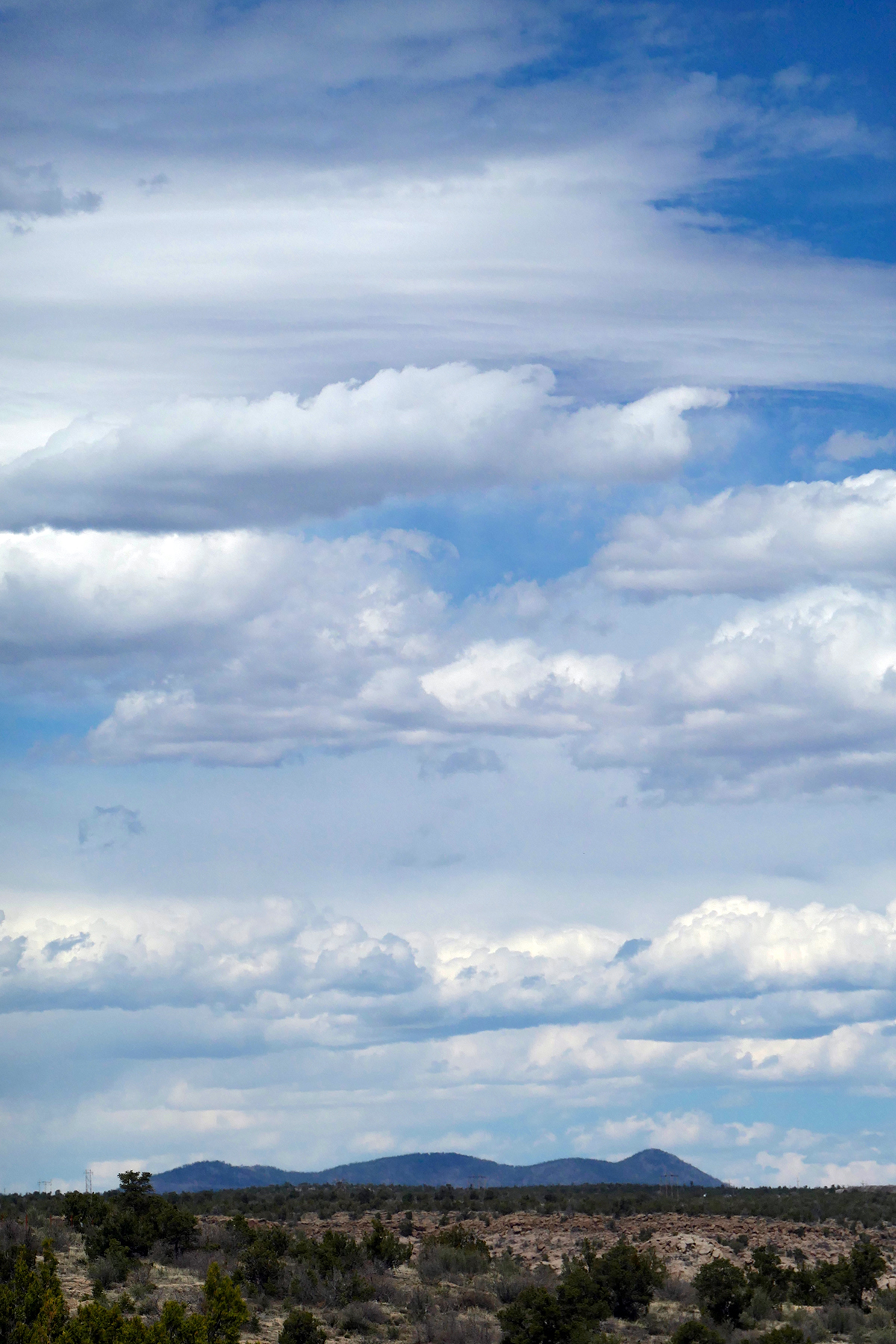I don’t remember how large the boat was, or if we were the only people in it, slowly moving forward with a quietly muttering outboard motor. I do remember that I was cold despite a heavy Norwegian wool sweater and a winter jacket, as I was for so many stretches of my 6th months-long South-American trek. Hi-tech, low-weight warmth garments had not yet entered my wardrobe, or backpack, respectively. Cold was soon forgotten, though, when contemplating the color – never seen such blue before, water and sky alike – and expanse of Lake Titicaca, located at 3,812 m (12,507 ft) at the border between Peru and Bolivia. In it, about 9 miles from shore, floated precarious looking islands made of reeds, home to the Uros people who, legend has it, migrated there from the Amazon, and needed to protect themselves from the anti-immigrant shore dwellers…. not a single new story under the sun.

My trip was in 1975, before the Shining Path revolutionary movement made travel in those regions too dangerous. The organization has been all but eradicated by now, with the incarceration of its leaders and the absence of populist support in light of the many, indiscriminate violent actions. The lake, it turns out, is also in decline, having lost almost a meter (!) in water depth due to climate change and glacier evaporation. A major storm in 1986 destroyed the floating islands of the Uros. They rebuilt closer to shore, an archipelago of about 60 small islets entirely made from reeds, on the Peruvian side as of ten years ago. These days they are a major tourist attraction that provides the Uros with income supplementing their fishing and hunting.


The memories were triggered by todays’ real topic: the work of an increasing number of scholars who aim to integrate indigenous insights and methods into environmental planning, Julia Watson one of the most prominent among them. Watson teaches urban design at Columbia and Harvard University, specializing in the living landscape, eco-technologies, work located at the intersection of anthropology, ecology and innovation.

Her book Lo-TEK: Design by Radical Indigenism explores how lesser-known local technologies and traditional ecological knowledge (TEK) all aim at a symbiotic design process for large scale environmental constructions that benefit both the people and the ecological systems they are part of. She brings in examples from all over the world – divided into sections of mountains, forests, deserts and wetlands – where sustainable, resilient, nature-based technology provides anything but “primitive” solution to environmental challenges, floods and fires included. Here is a terrific interview that captures her approach in detail. And, of course, the floating islands of Lake Titicaca were one of the examples of the hundreds she observed and described after 20 years of traveling the world to record indigenous practices.

Not to be a spoil sport, I do have a question, though. A focus on working with the environment, rather than dominating and changing it, seems imminently attractive. A focus on local wisdom regarding what works in a specific environment, same. But what about global changes that have already affected local ecologies? How do you scale up from what worked for small populations when they count in the millions, these days? How do you rely on traditional methods of, say, controlled burning when borders of wilderness to population have shifted, the latter encroaching ever closer? How do you work traditional agricultural practices when the climate as a whole has changed, affecting seasons, or when the insect populations that you relied on during a particular time of plant development have declined due to pesticide use by your neighbors?

The interaction between global havoc and local traditional principles is one that cannot be ignored. That said, any approach that tries to translate the feasible parts of traditional symbiotic relationships with nature into something applicable for modern scale deserves nothing but our support. There is certainly more knowledge out there than we have been taught or have even been aware of – let’s hope its proponents find open ears in a world dominated by hi-tech instead.

Music comes to us from Peru – traditional reed instruments included. Give the album some time to grow on you.






